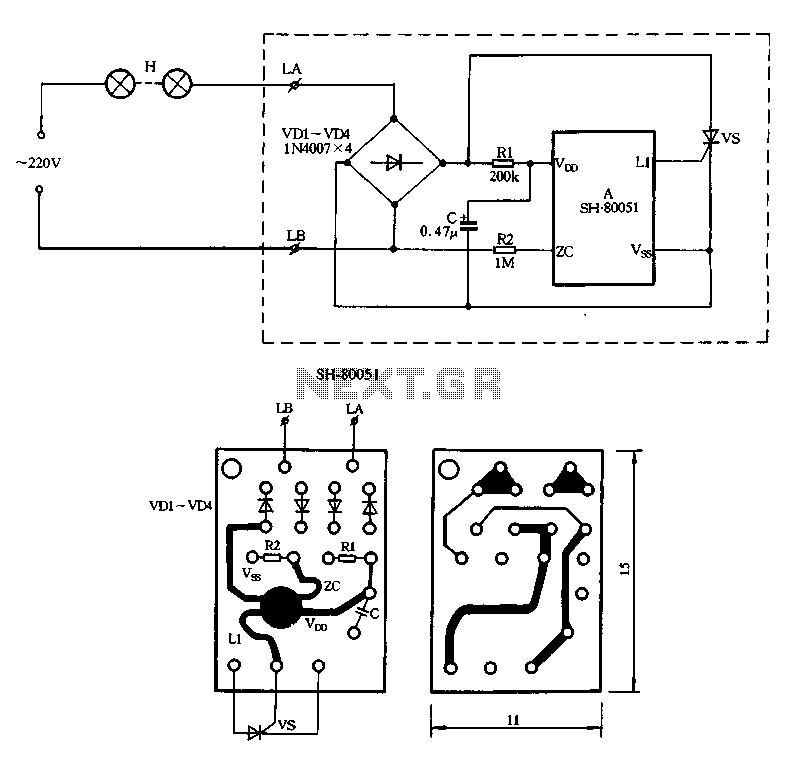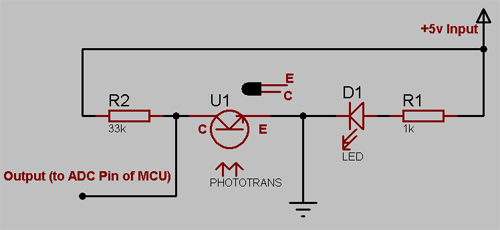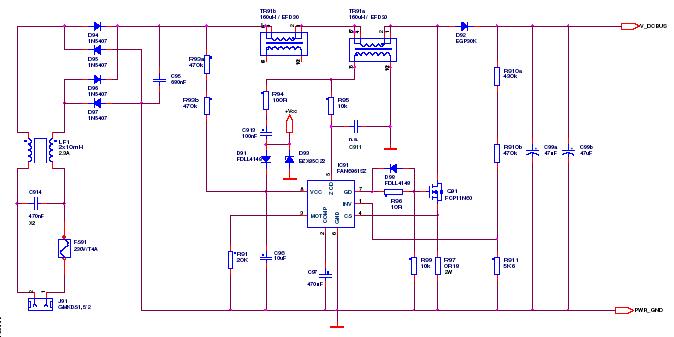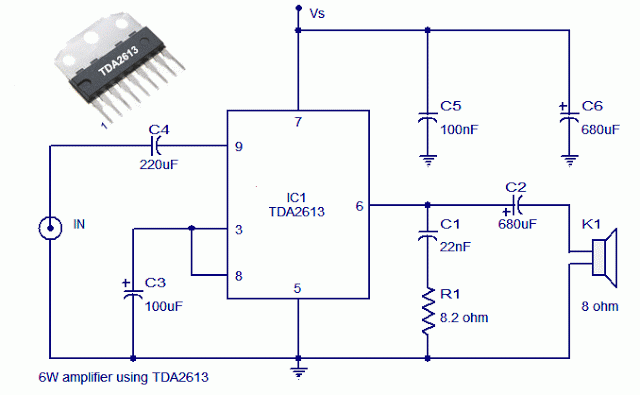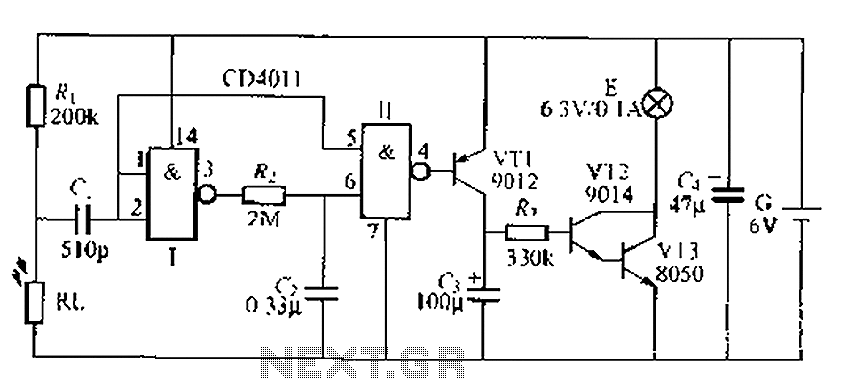
Infra-red Light Barrier Using 555
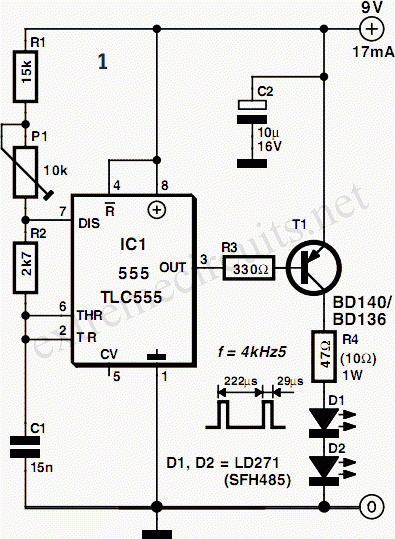
This is a short-range light barrier designed for use as an intruder alarm in doorposts and similar applications. The 555 timer in the transmitter oscillates at approximately 4.5 kHz.
The short-range light barrier operates by utilizing a transmitter and a receiver configuration. The transmitter employs a 555 timer IC configured in astable mode to generate a continuous square wave signal at a frequency of around 4.5 kHz. This frequency is chosen to ensure effective modulation of the infrared (IR) light emitted by an IR LED, which serves as the light source for the barrier.
In the receiver unit, a photodiode or phototransistor detects the modulated IR light. The receiver is designed to be sensitive to the specific frequency emitted by the transmitter, allowing it to distinguish the signal from ambient light interference. When an intruder interrupts the beam of light between the transmitter and receiver, the modulation is disrupted, signaling the alarm system.
The circuit can be powered by a standard DC power supply, typically ranging from 5V to 15V, depending on the specific components used. Additional circuitry may be implemented to amplify the output signal from the receiver, which can then be connected to an alarm system or an LED indicator to alert users of the intrusion.
For optimal performance, the placement of the transmitter and receiver should be carefully considered to ensure a clear line of sight and to minimize the likelihood of false alarms caused by environmental factors. Adjustments to the sensitivity of the receiver may also be necessary to tailor the system's response to specific installation conditions.This is a short-range light barrier for use as an intruder alarm in doorposts, etc. The 555 in the transmitter (Figure 1) oscillates at about 4.5 kHz, sup.. 🔗 External reference
The short-range light barrier operates by utilizing a transmitter and a receiver configuration. The transmitter employs a 555 timer IC configured in astable mode to generate a continuous square wave signal at a frequency of around 4.5 kHz. This frequency is chosen to ensure effective modulation of the infrared (IR) light emitted by an IR LED, which serves as the light source for the barrier.
In the receiver unit, a photodiode or phototransistor detects the modulated IR light. The receiver is designed to be sensitive to the specific frequency emitted by the transmitter, allowing it to distinguish the signal from ambient light interference. When an intruder interrupts the beam of light between the transmitter and receiver, the modulation is disrupted, signaling the alarm system.
The circuit can be powered by a standard DC power supply, typically ranging from 5V to 15V, depending on the specific components used. Additional circuitry may be implemented to amplify the output signal from the receiver, which can then be connected to an alarm system or an LED indicator to alert users of the intrusion.
For optimal performance, the placement of the transmitter and receiver should be carefully considered to ensure a clear line of sight and to minimize the likelihood of false alarms caused by environmental factors. Adjustments to the sensitivity of the receiver may also be necessary to tailor the system's response to specific installation conditions.This is a short-range light barrier for use as an intruder alarm in doorposts, etc. The 555 in the transmitter (Figure 1) oscillates at about 4.5 kHz, sup.. 🔗 External reference
